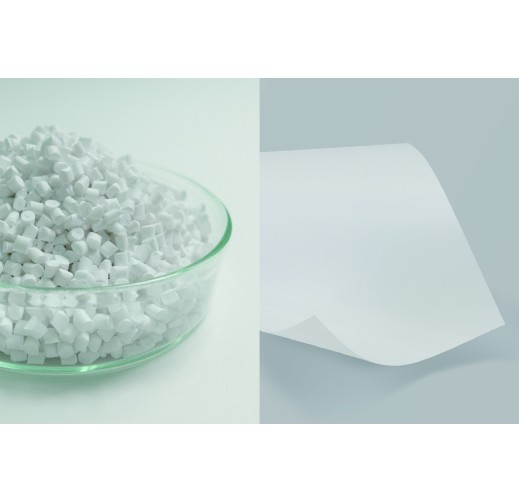LIMEX - Plastic and Paper alternative material

TBM Co., Ltd.
LIMEX Sales Division
Technology / Service Summary
LIMEX is an inorganic filler-dispersion composite material containing more than 50% inorganic materials.
Purpose
Conservation and circulation of resources at risk of depletion.
Feature
LIMEX can be highly filled with calcium carbonate while maintaining its physical properties. Although there are many competitors in the same industry that use calcium carbonate for plastic substitute products, the filling rate of calcium carbonate is often 10% to 20% in finished products. In addition to being introduced at internationa conferences suc as G7, G20 and COP, LIMEX has been registered on UNIDO's Sustainable Technology Presentation Platform. It has been adopted by more than 10,000 organizations in Japan, and expanding globally.It can be used to produce environmentally friendly plastic bags, packaging materials and bottles.
Effect
Compared to petroleum-derived resins, it reduces greenhouse gas emissions and plastic usage. In addition, compared to paper, water consumption during production is significantly reduced. Since no wood pulp is used, it also contributes to forest preservation.
Controlled Substance
Applicable Regions / Countries
- Japan
- Southeast Asia
- Central/South Asia
- China/ East Asia
- Middle East
- Africa
- Oceania
- Europe
- Central/South America
- ASEAN countries
Indonesia,Cambodia,Singapore,Thailand,Philippines,Brunei Darussalam,Viet Nam,Malaysia,Myanmar,Lao PDR
Accomplishments
TBM has more than 6000 supply records in Japan and has received more than 800 inquires from foreign countries. TBM is expanding market to ASEAN region and others.
Reference URL
Related SDGs Goals
- 6. Clean Water and Sanitation
- 8. Decent Work and Economic Growth
- 9. Industry, Innovation and Infrastructure
- 11. Sustainable Cities and Communities
- 12. Responsible Consumption and Production
- 13. Climate Action
- 14. Life Below Water
- 15. Life on Land
- 17. Partnerships to achieve the Goal


